As the United States President, Donald Trump, tries to reform his country via a hail of executive orders, a common grammatical element has jumped onto international consciousness. That is pronoun. The term that used to largely operate as a harmless concept in grammar texts and classes has become a major force in political discourse. A suspect, kind off.
The fact is that in his bid to rid America of gender ideology, which had promoted more than male and female genders, the Trump government is banishing ‘pronoun’ from official data that include email. Specifically, the US state department employees were directed to scrub gender pronouns from their email signatures by Friday evening. In other words, there will be no more room for anyone to indicate which pronoun they want to be identified as. As far as Trump is concerned, he is he and she shall be she. Thank God, our own stubborn crossdresser, Bobrisky, is not in the US. Or so one thinks.
The implication could be so expansive that, at school, a student can ask why a teacher still needs to teach pronouns now that it is said to have been scrubbed off government’s platforms. He or she will, however, be told that the part of speech still has to be taught because, firstly, the executive order is not only an American thing but it is also for a specific purpose. It does not stop the use of pronouns in other contexts. Very importantly too, pronouns remain very strategic elements of the English Language globally and that is why we shall revisit the topic from today, in terms of their uses, types and rules that govern them.
What is a pronoun?
A pronoun is a word that can be used in place of a noun or noun phrase. You should remember that a noun refers to a word that names a person, animal, place, idea or quality, with examples including David, goat, house and strength. Now, instead of mentioning each of such in a clause, we can decide to use a word that refers to it. That is a pronoun:
David likes bread. (‘David’ is a noun.)
He likes bread. (‘He’ is a pronoun used in place of ‘David’.)
Biden did it. (‘Biden’ is a noun.)
He did it. (‘He’ is a pronoun.)
Hillary hates candy. (‘Hillary’ is a noun.)
She hates candy. (‘She’ is a pronoun.)
The carpenter has fixed the door. (‘The carpenter’ is a noun phrase while ‘door’ is a noun.)
He has fixed it. (‘He’ and ‘it’ are pronouns.)
Amaechi and Matawalle are politicians. (‘Amaechi and Matawalle’ is a noun phrase.)
They are politicians. (‘They’, a pronoun, now represents ‘Amaechi and Matawalle’.)
She greeted Paul and Jide. (‘Paul and Jide’ is a noun phrase.)
She greeted them. (‘Them’ is a pronoun.)
Uses of pronouns: Helping to avoid repetition
A pronoun helps the speaker or writer to avoid repetition:
Akeem saw me but Akeem didn’t greet me. (Wrong)
Akeem saw me but he didn’t greet me. (Correct, with the aid of the pronoun, ‘he’.)
Making a clause shorter
Pronouns help in making clauses or sentences compact or shorter:
Akeem, Deji, Kelvin and Chiaogozie saw me. (Long)
They saw me. (Shorter.)
Concealing the identity of a person or thing
At times, we deliberately don’t want to mention a name because we don’t want some listener to know:
Who left the cake here?
She left it for you. (The listener may not (immediately) know whom ‘she’ is. If she does, others who might be listening or reading may not know.)
For emphasis
Some pronouns come in handy for specific purposes — like emphatic pronouns used to emphasise a noun or pronoun:
I myself copied the note. (‘Myself’ emphasises the fact that nobody did it for me.)

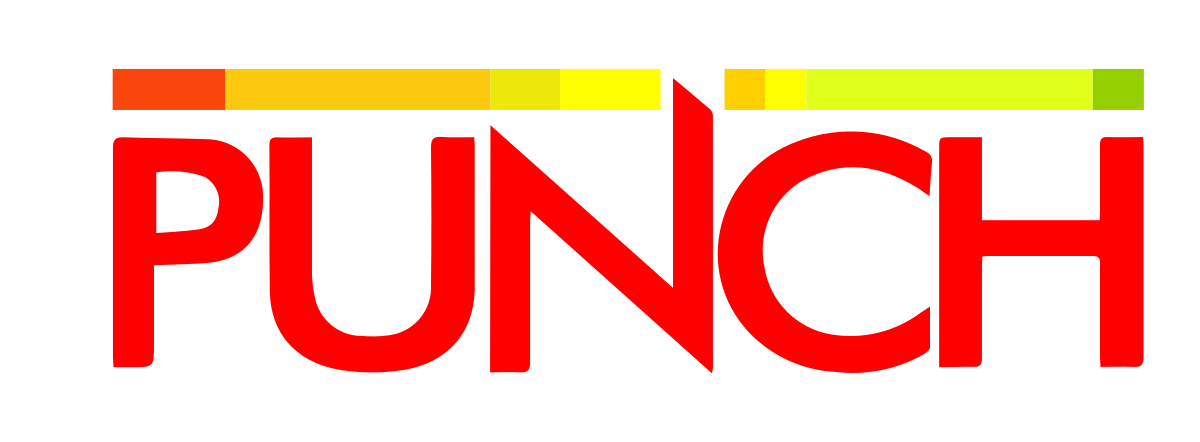 2 hours ago
1
2 hours ago
1
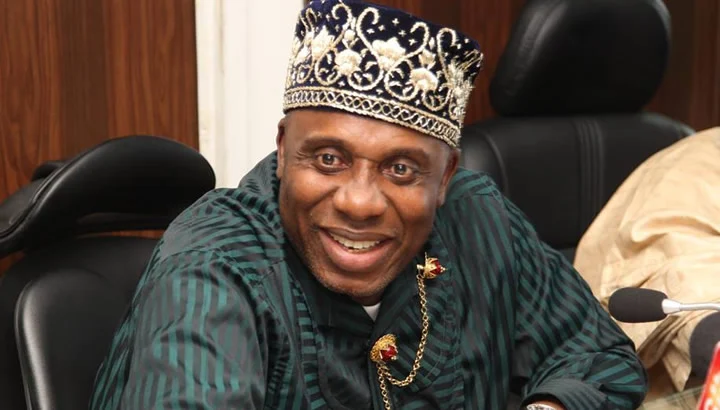

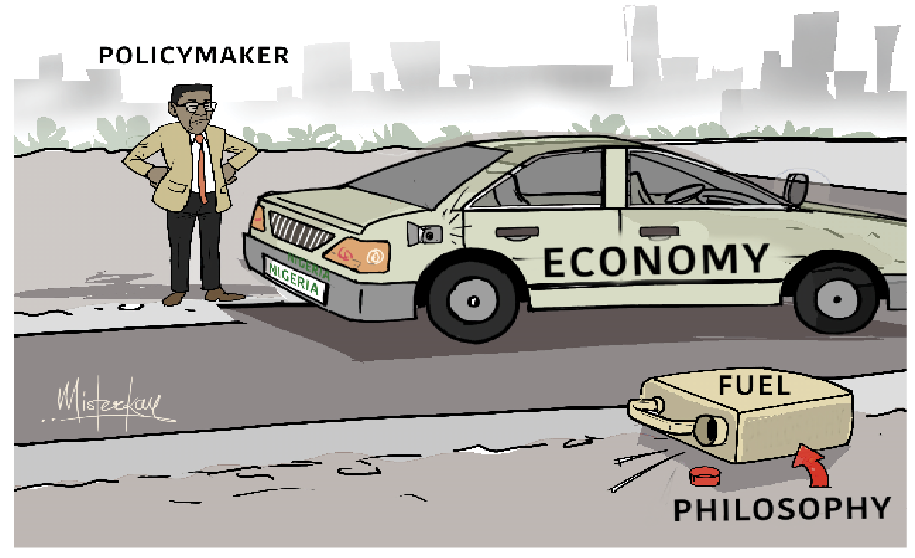
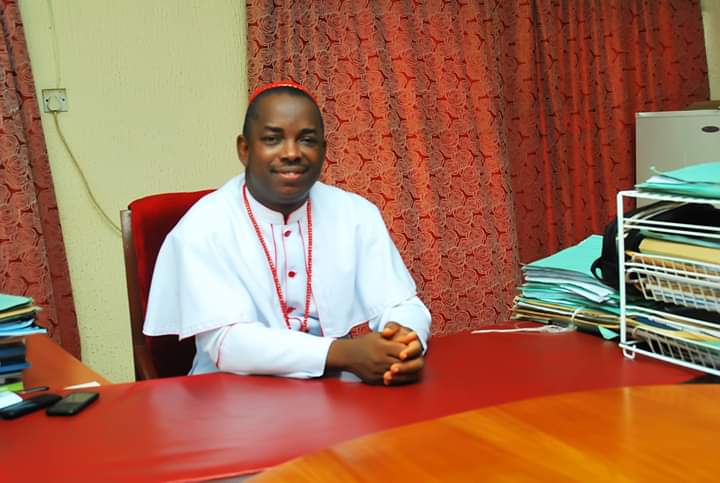


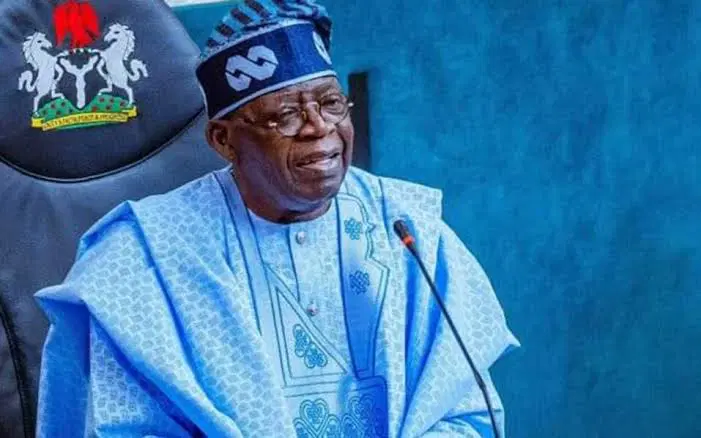
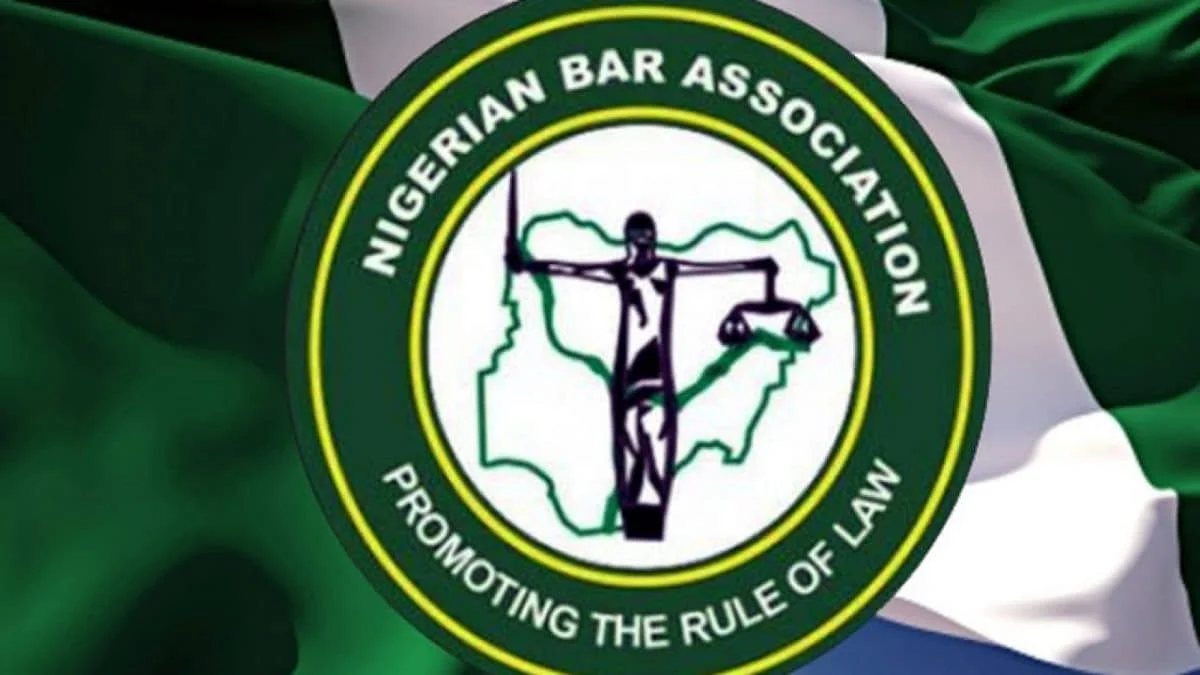

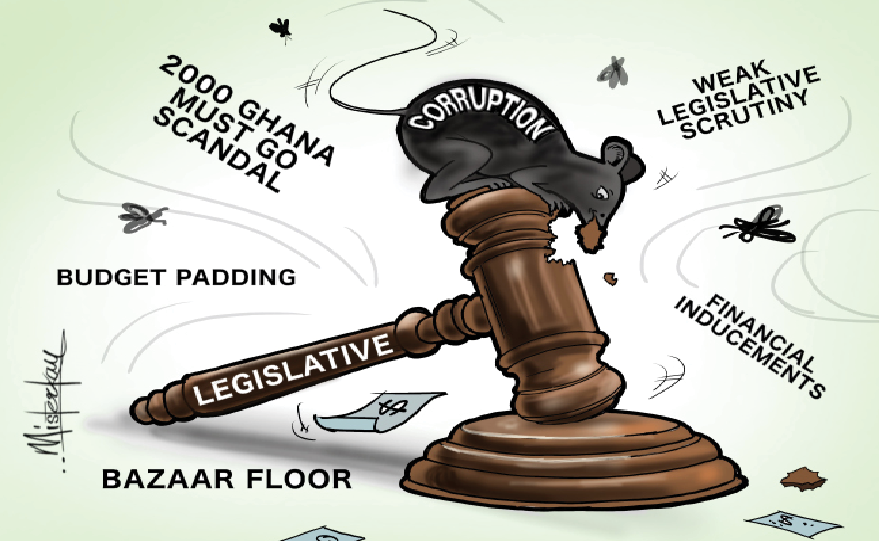
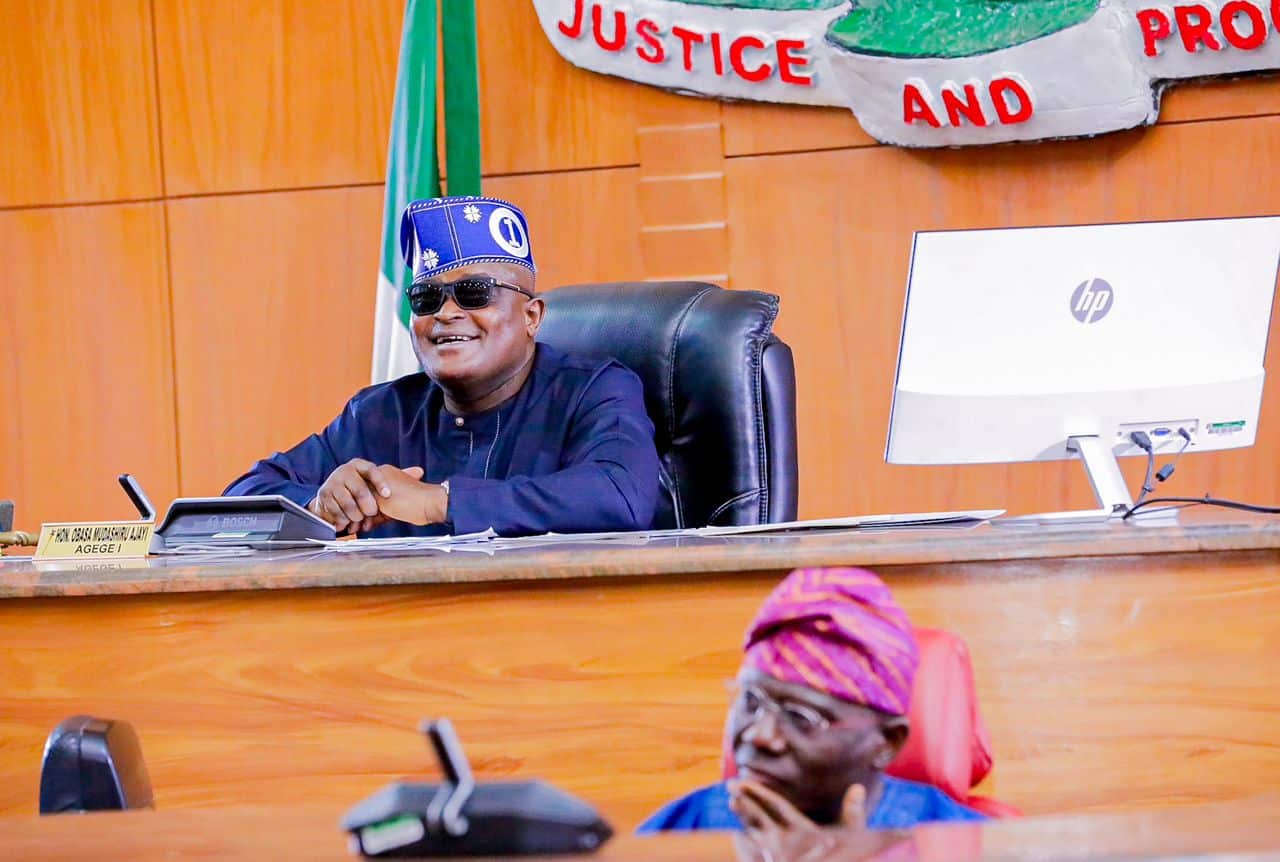



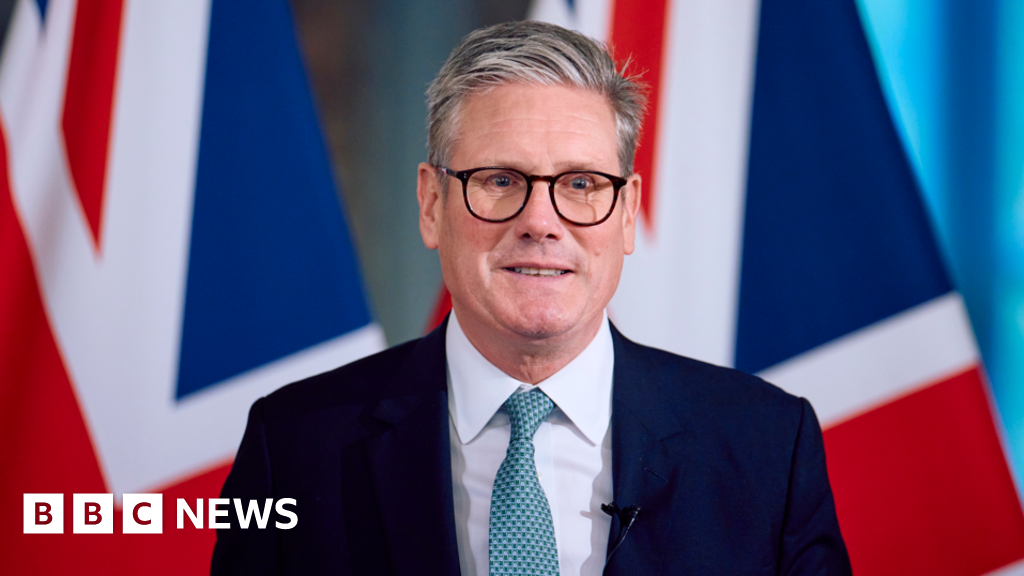
 English (US) ·
English (US) ·